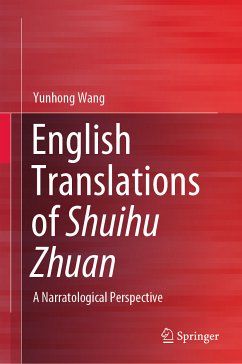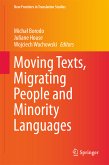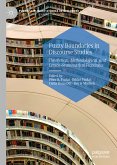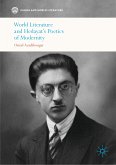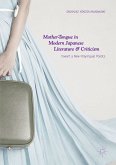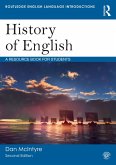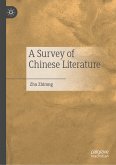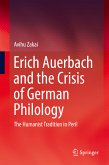This book offers a novel perspective on the intersection of translation and narration in literary translation by investigating how three translations of Shuihu Zhuan present the original narrative mode to the target readership in terms of four narrative elements-voice, commentary, point of view and motif-in different periods of history. It not only validates but also quantifies the differences in strategy-making patterns between translators, as well as between different narratological categories. The established theoretical frameworks (including a narrative-descriptive model and a sociological explanatory framework) and the data collected may provide methodological and empirical support for further studies on shifts of narrative features in translation. The tendencies manifested by different translators and identified by the study may also shed new light on the teaching and learning of translation skills.
The book offers a valuable reference guide for scholars, practitioners, translators and graduate students in the fields of e.g. language, translation, literature and cultural studies, and for anyone with an interest in Chinese classical literature, Chinese-English translation, narrative studies or cross-cultural studies.
Dieser Download kann aus rechtlichen Gründen nur mit Rechnungsadresse in A, B, BG, CY, CZ, D, DK, EW, E, FIN, F, GR, HR, H, IRL, I, LT, L, LR, M, NL, PL, P, R, S, SLO, SK ausgeliefert werden.
Es gelten unsere Allgemeinen Geschäftsbedingungen: www.buecher.de/agb
Impressum
www.buecher.de ist ein Internetauftritt der buecher.de internetstores GmbH
Geschäftsführung: Monica Sawhney | Roland Kölbl | Günter Hilger
Sitz der Gesellschaft: Batheyer Straße 115 - 117, 58099 Hagen
Postanschrift: Bürgermeister-Wegele-Str. 12, 86167 Augsburg
Amtsgericht Hagen HRB 13257
Steuernummer: 321/5800/1497
USt-IdNr: DE450055826
Bitte wählen Sie Ihr Anliegen aus.
Rechnungen
Retourenschein anfordern
Bestellstatus
Storno

